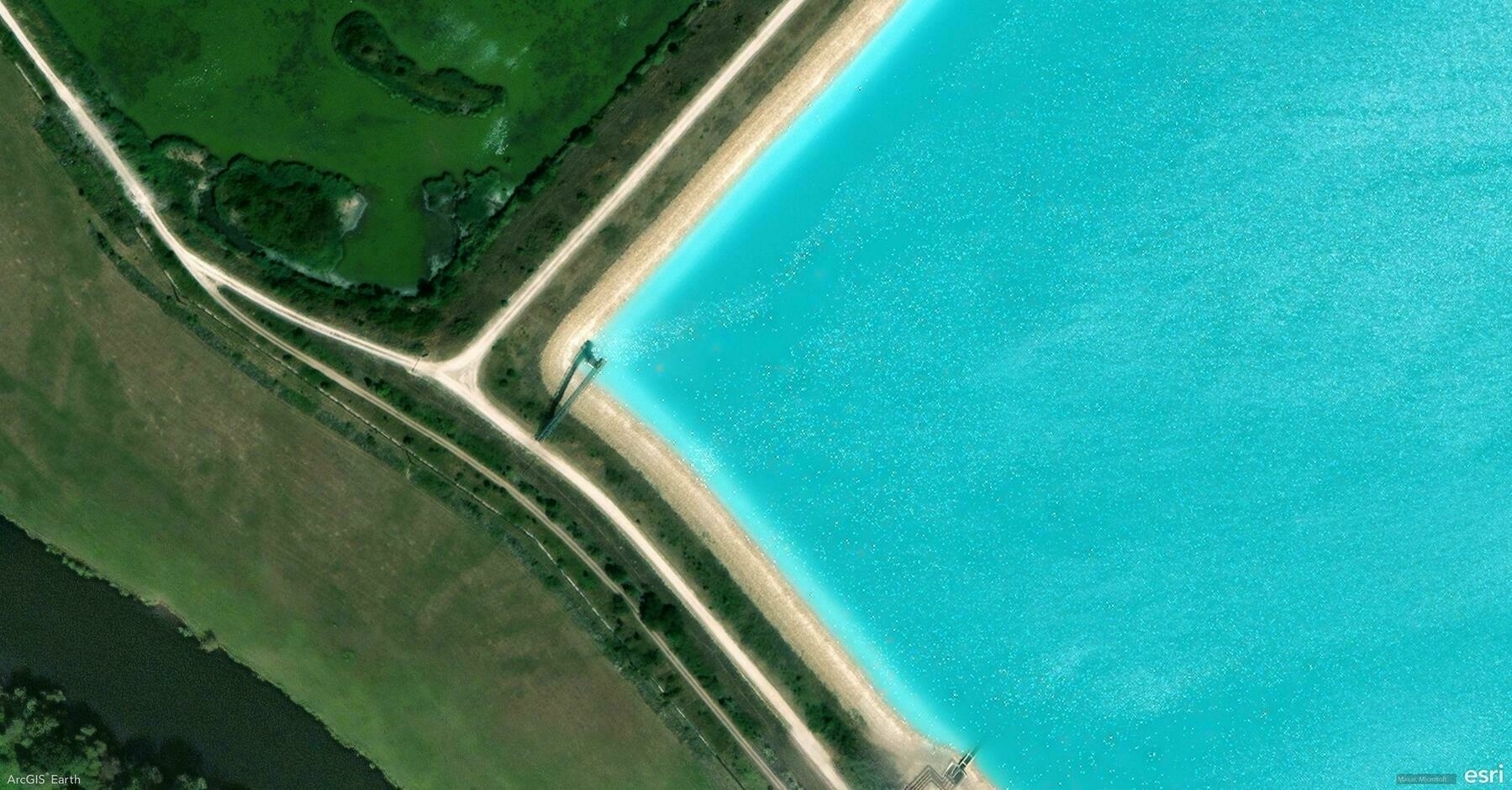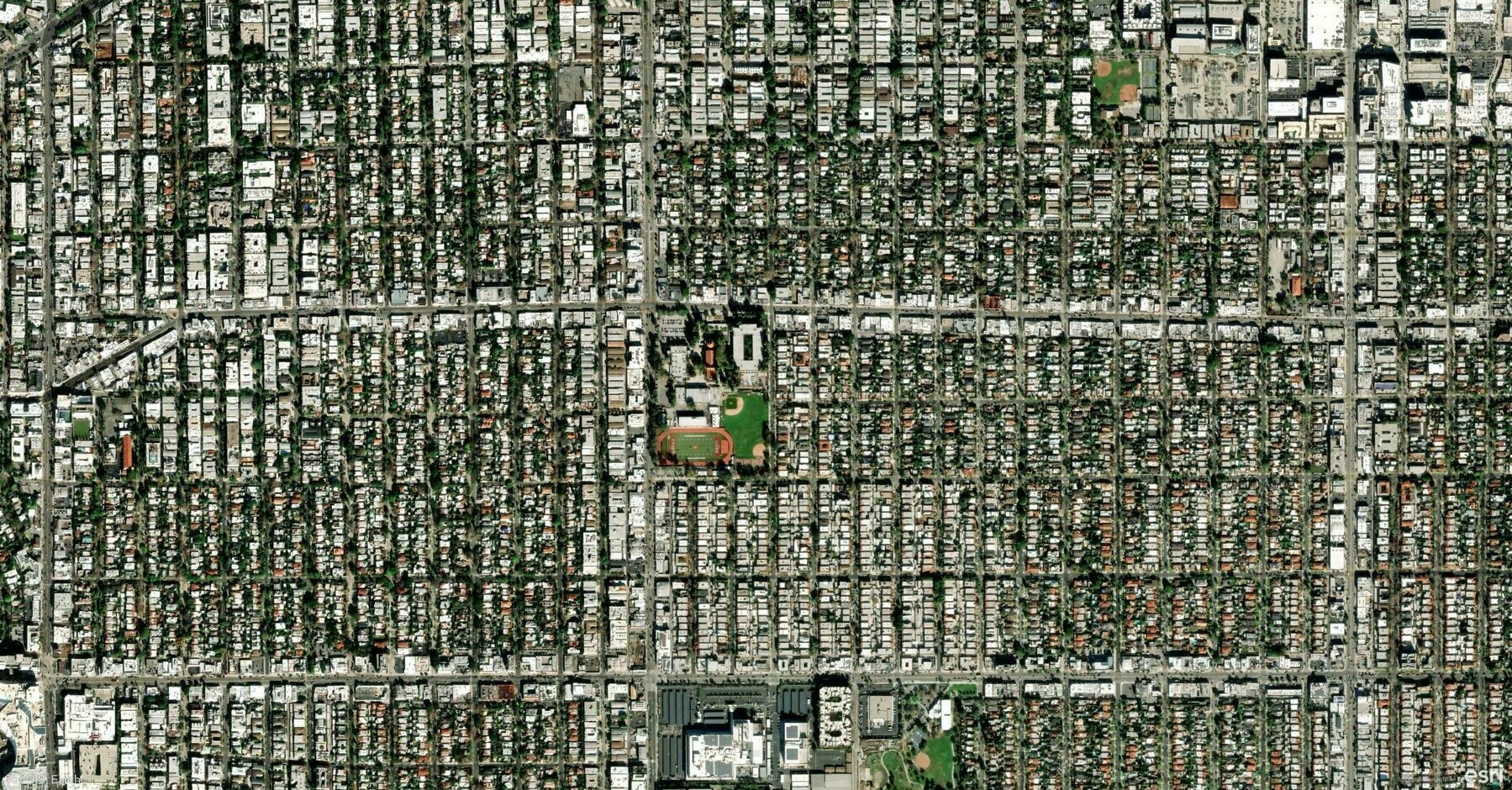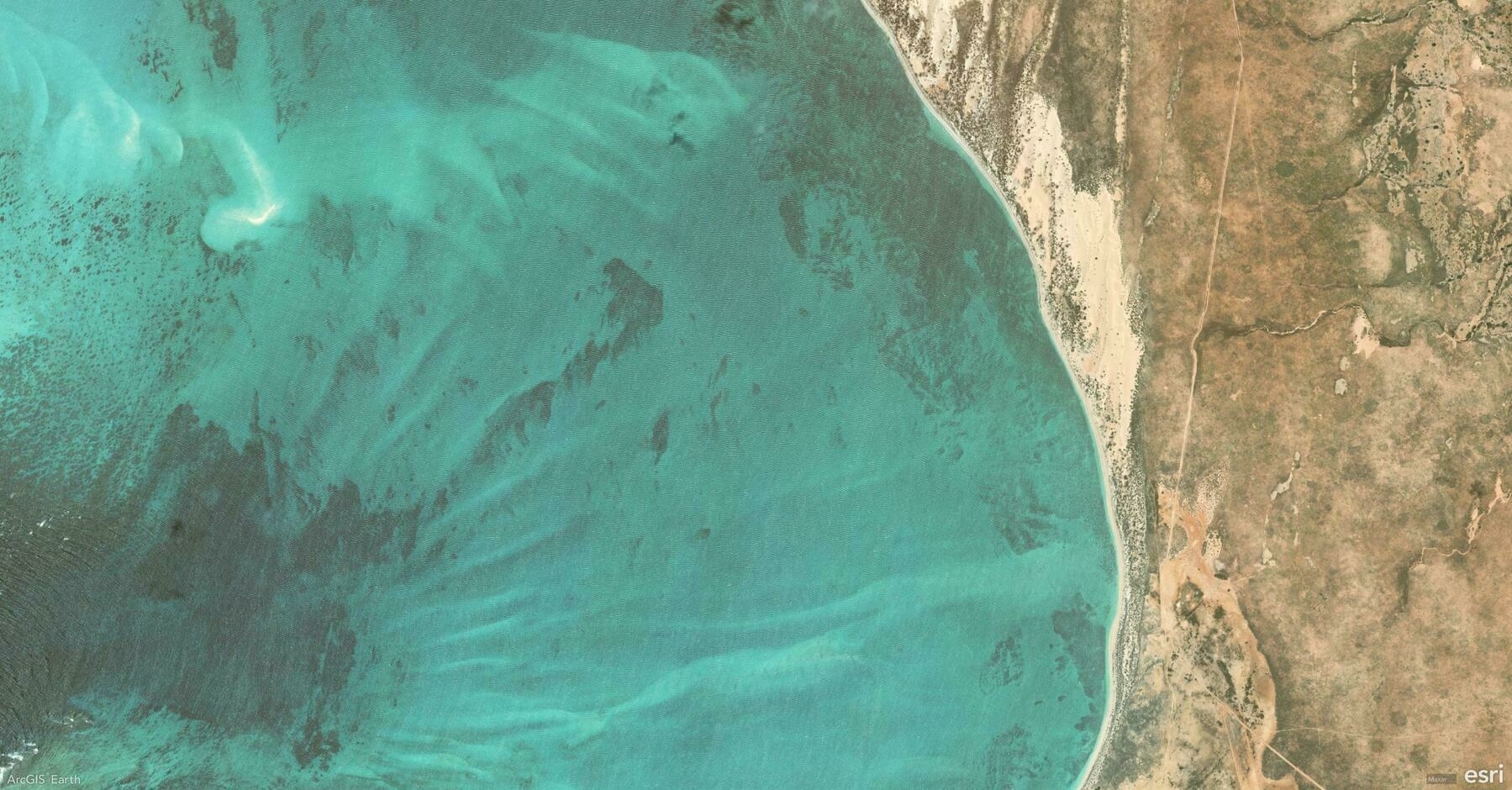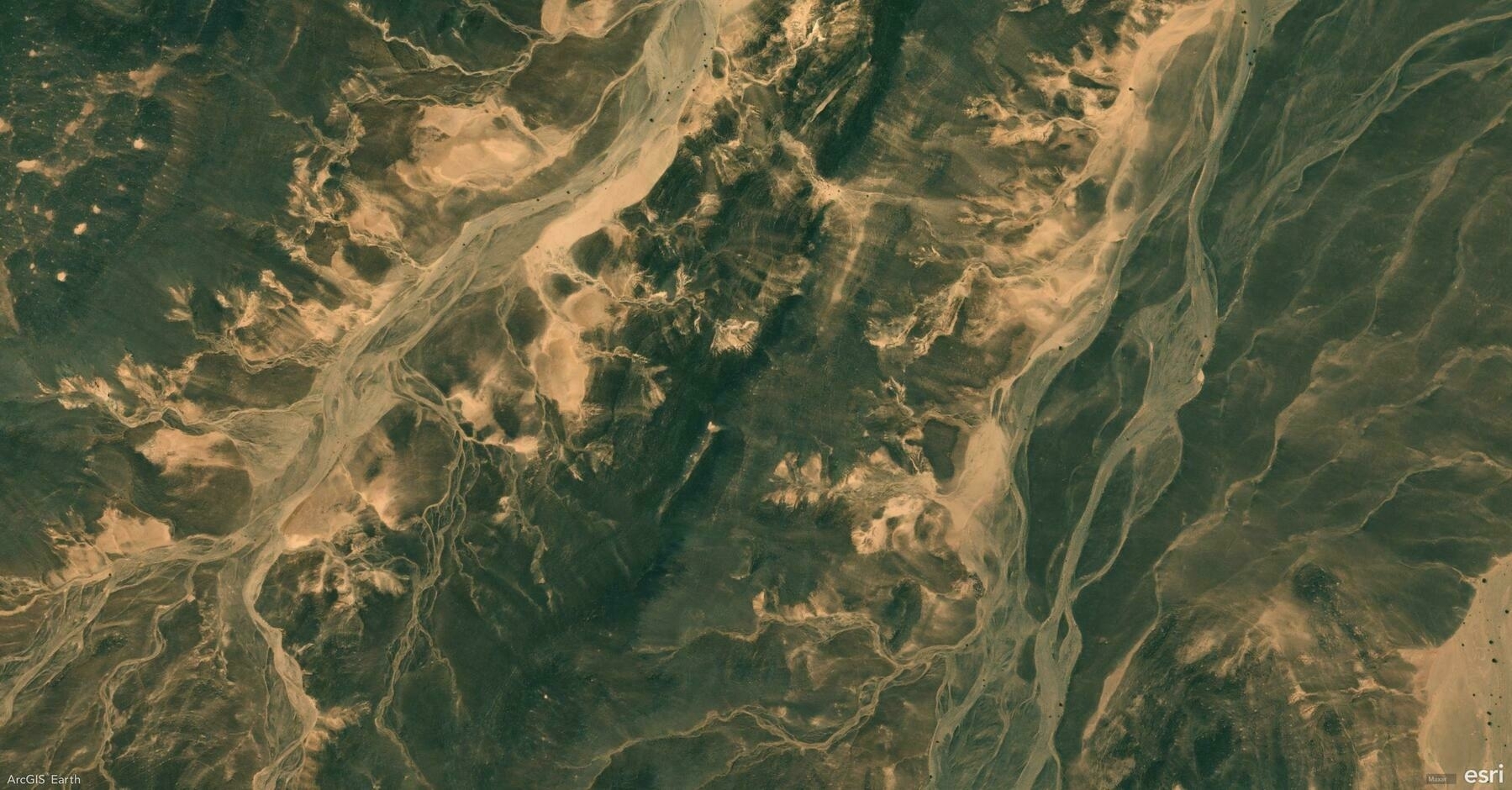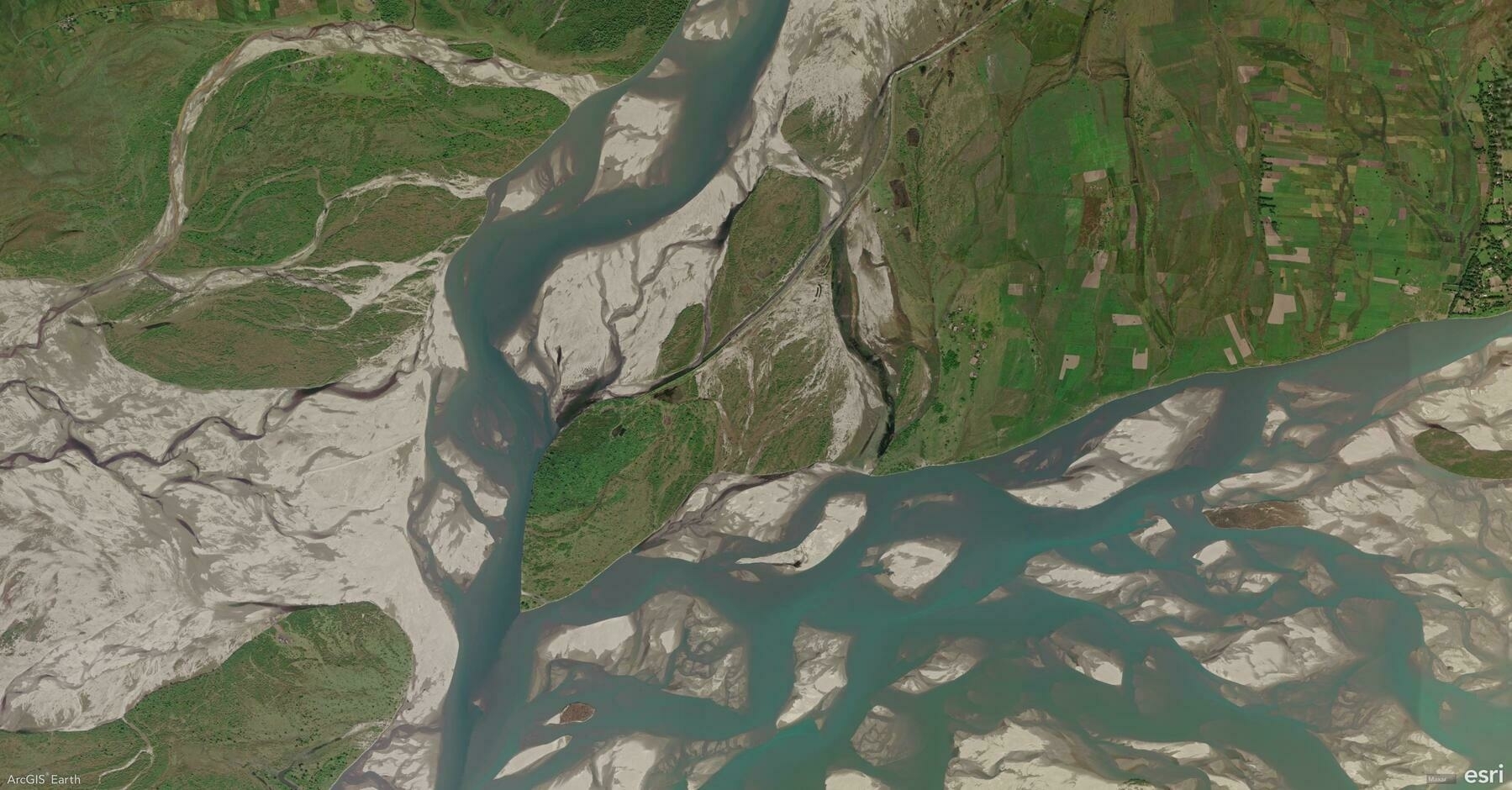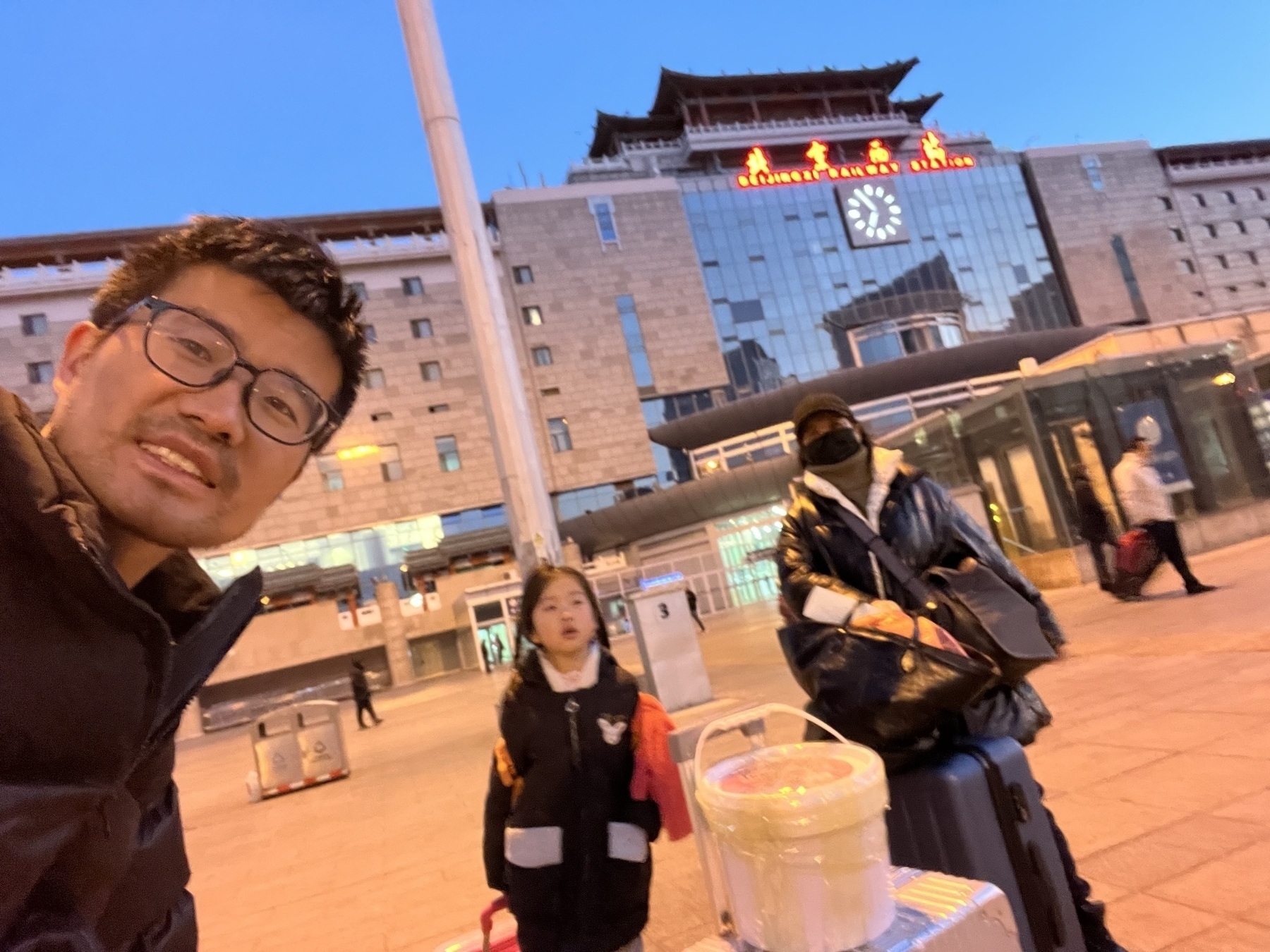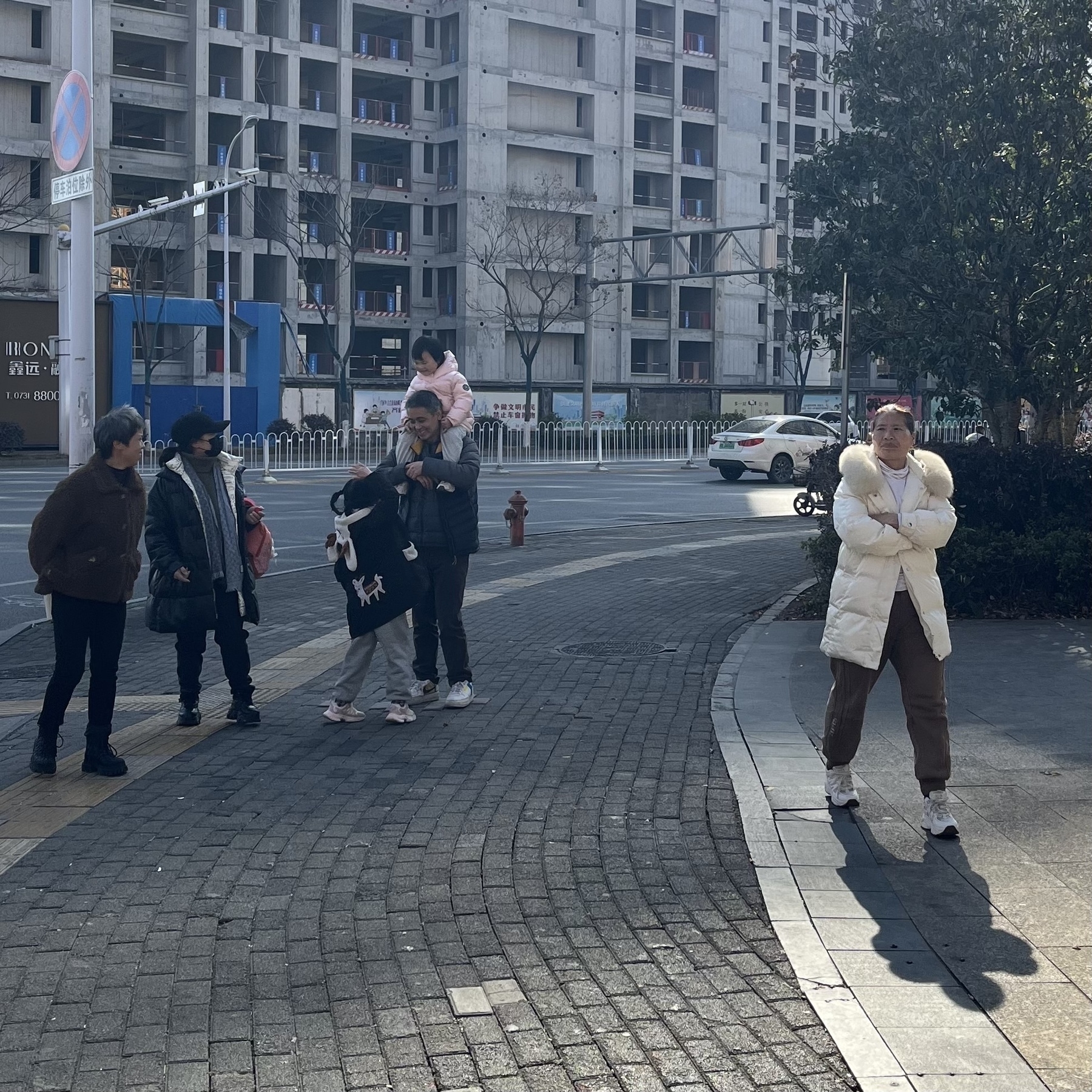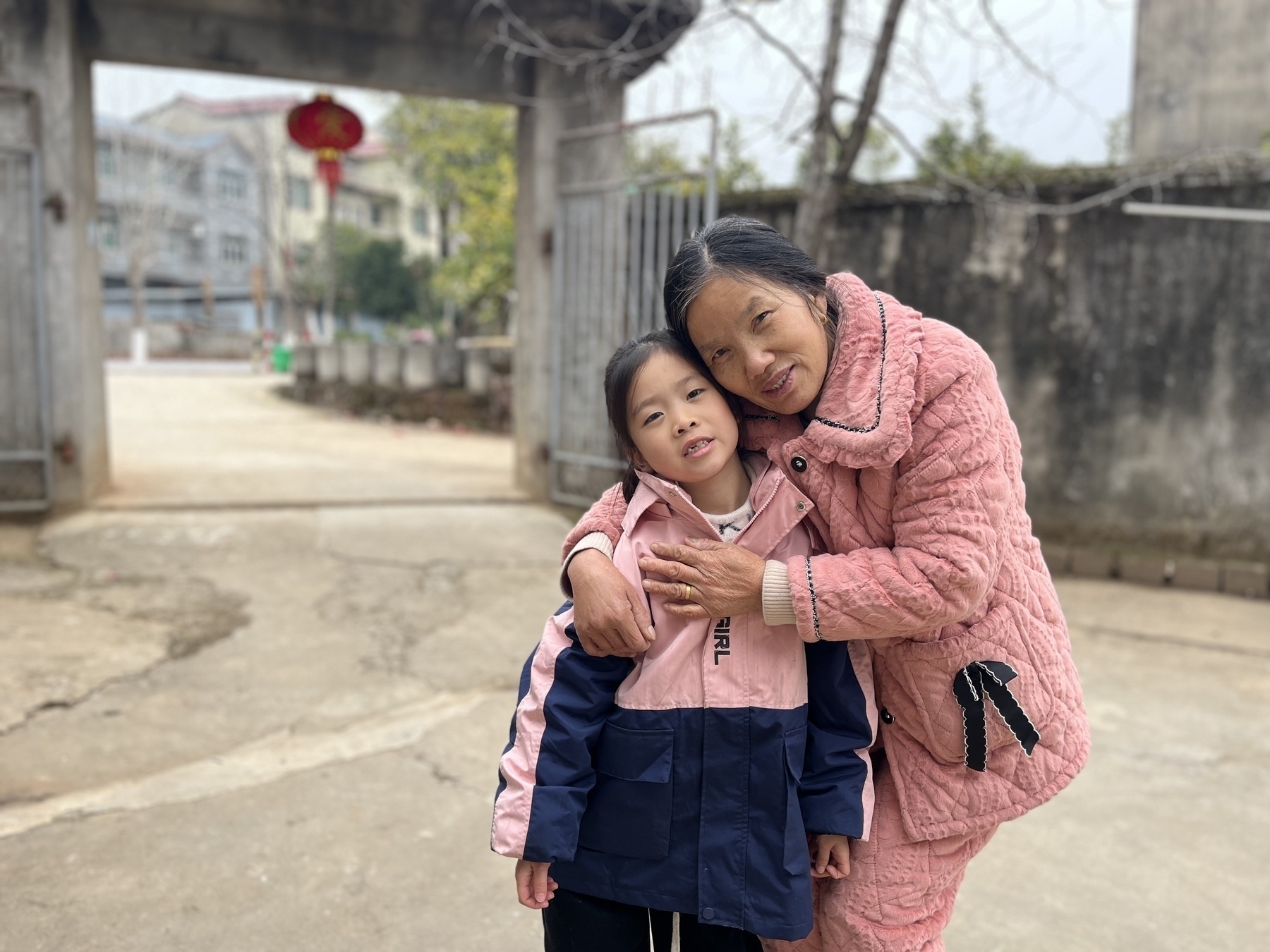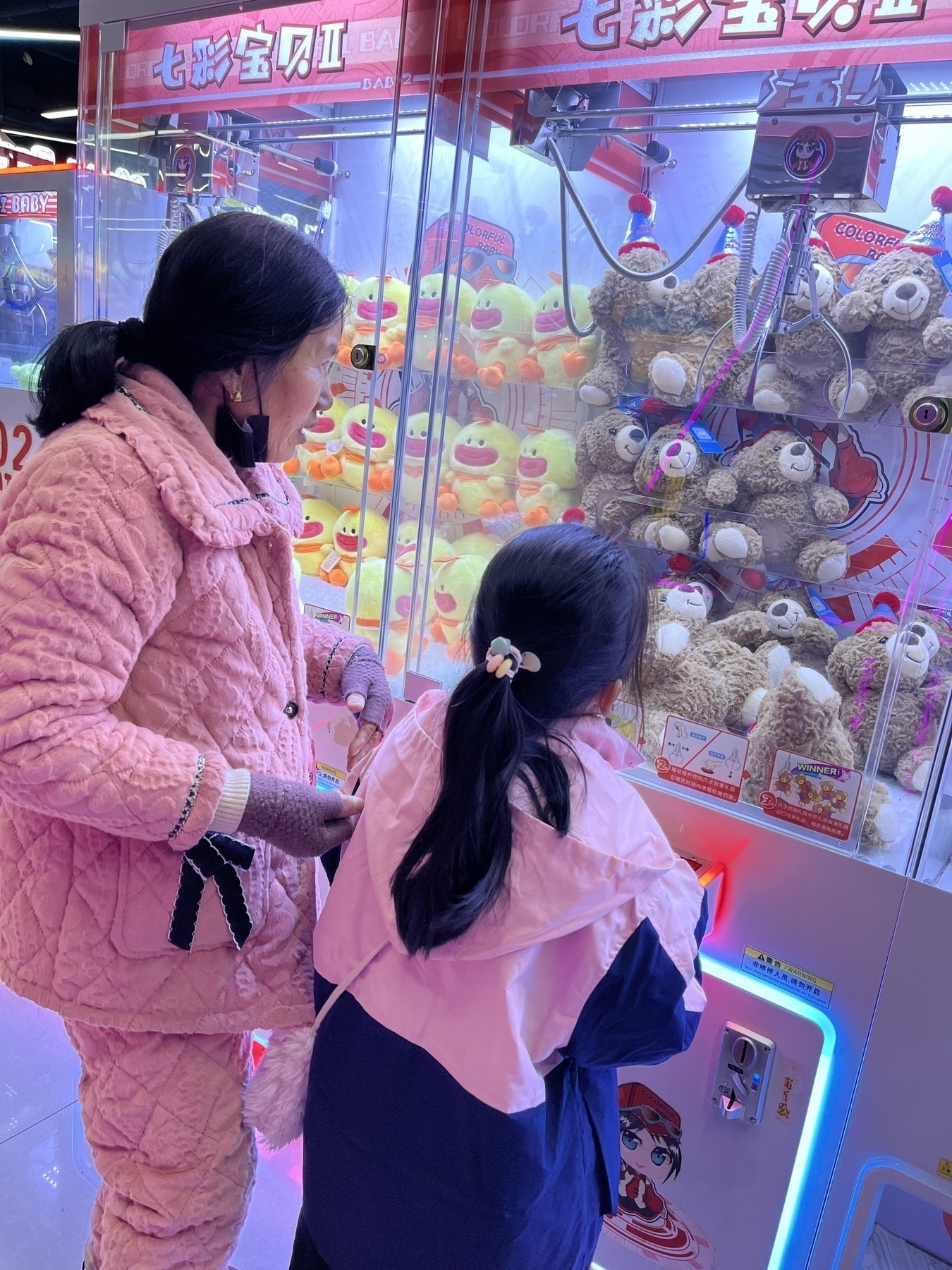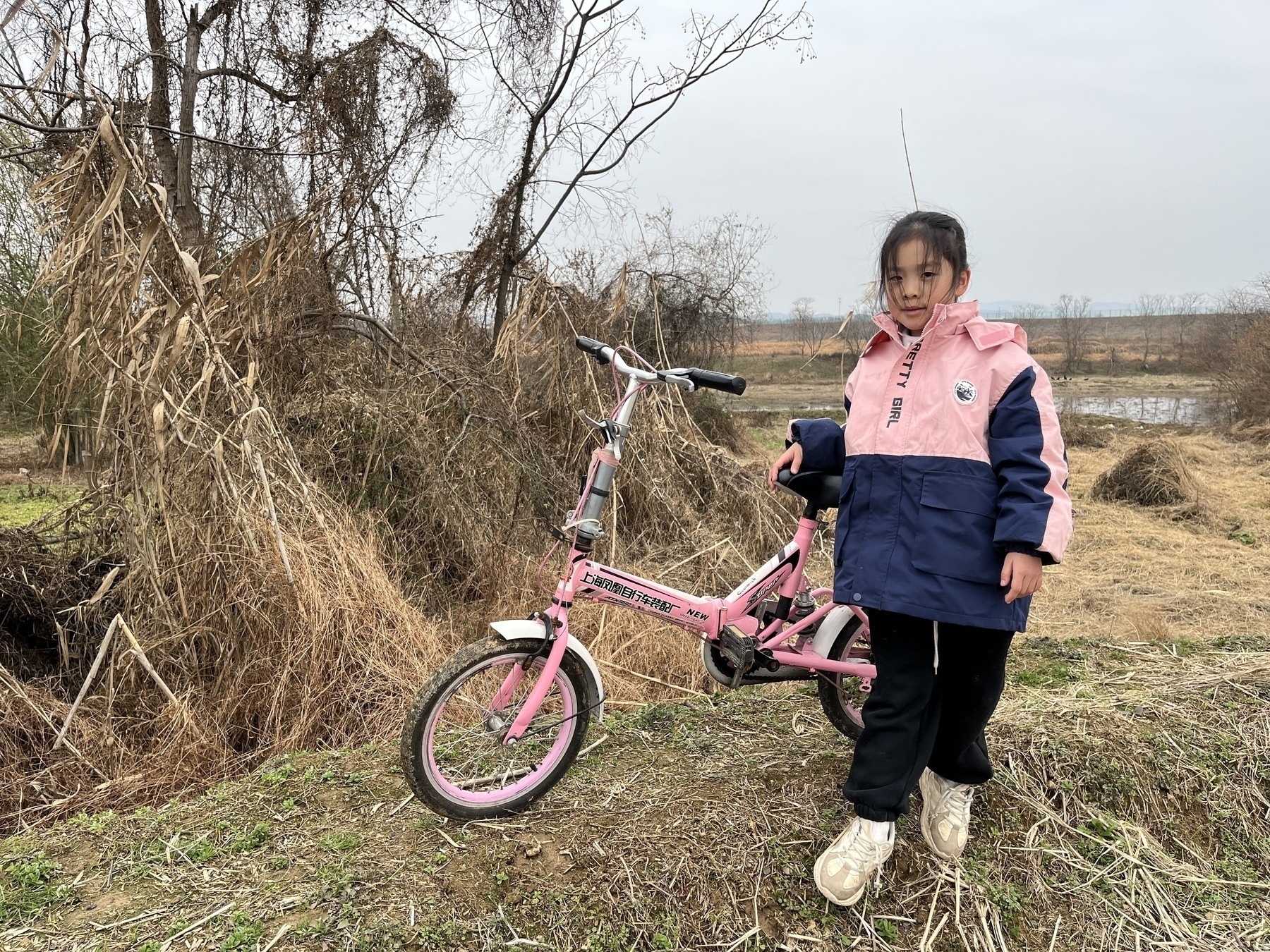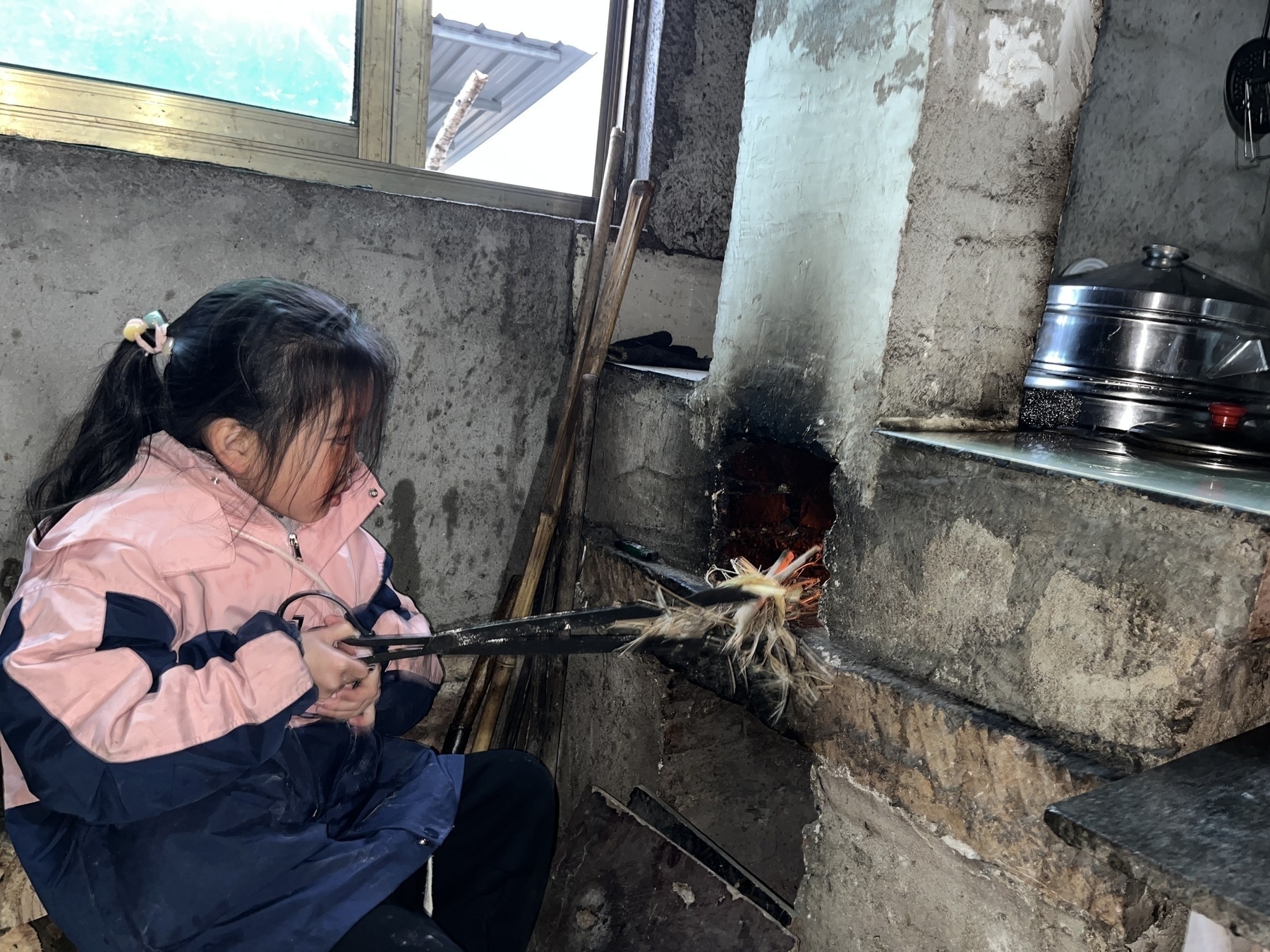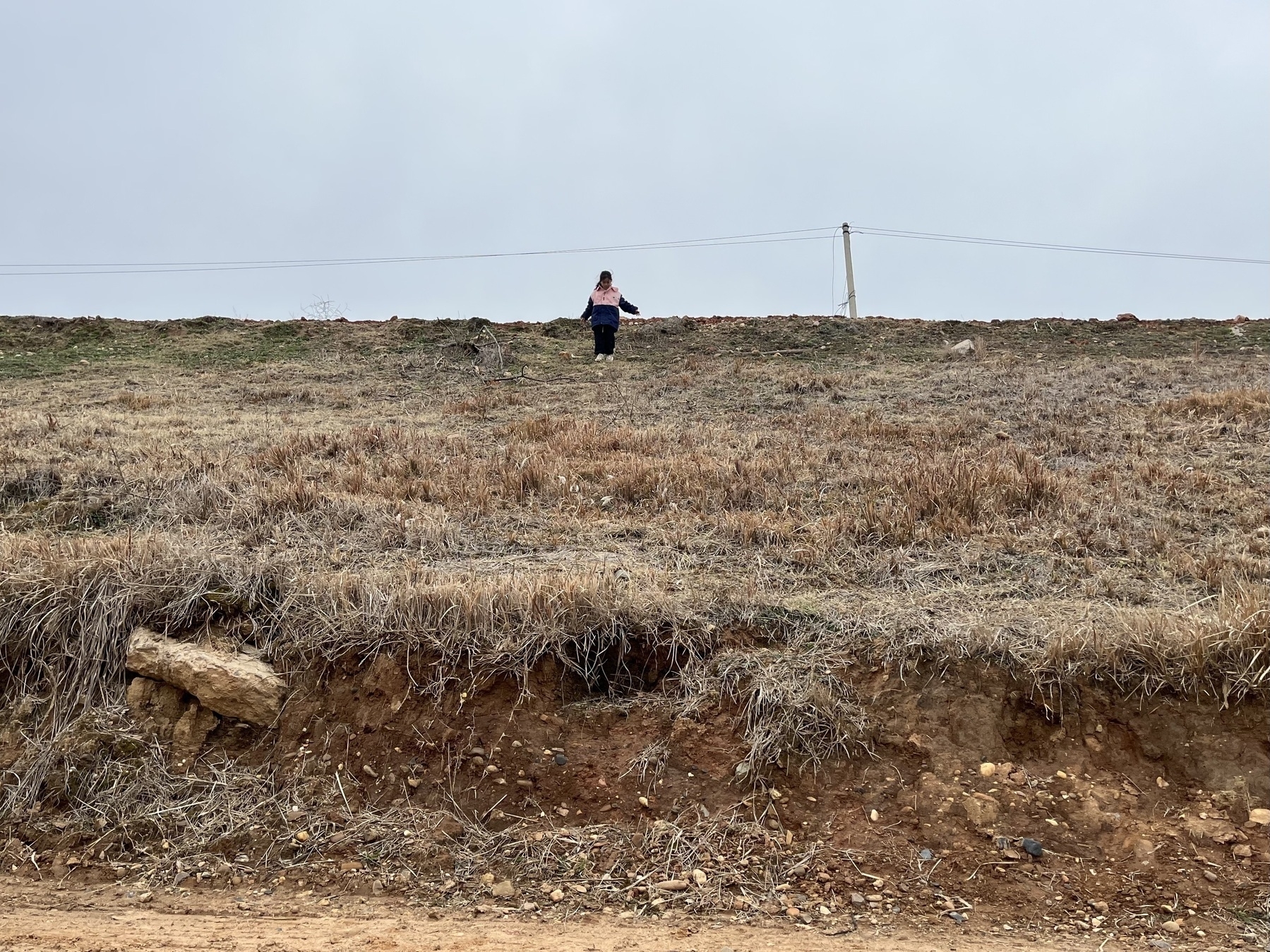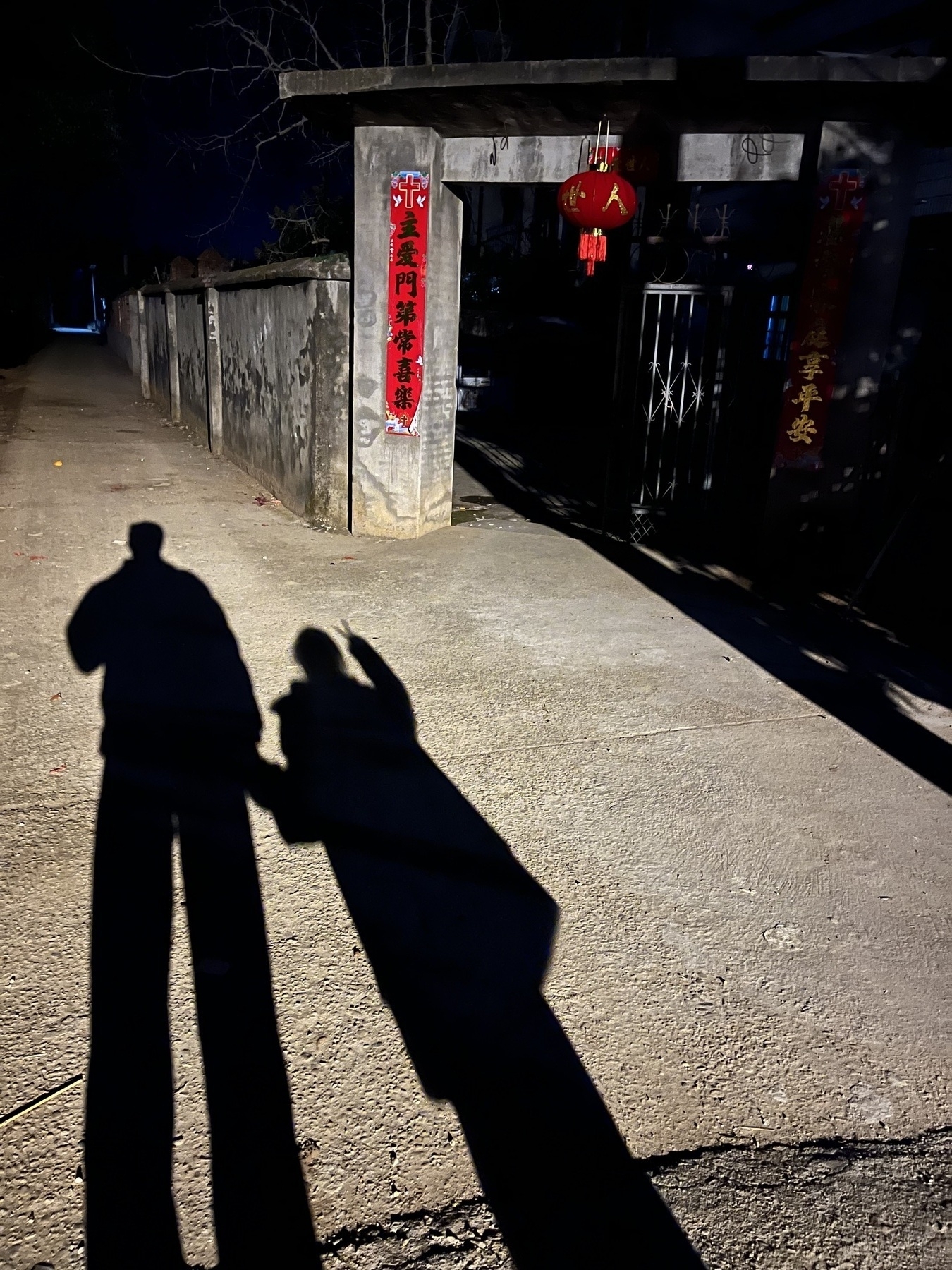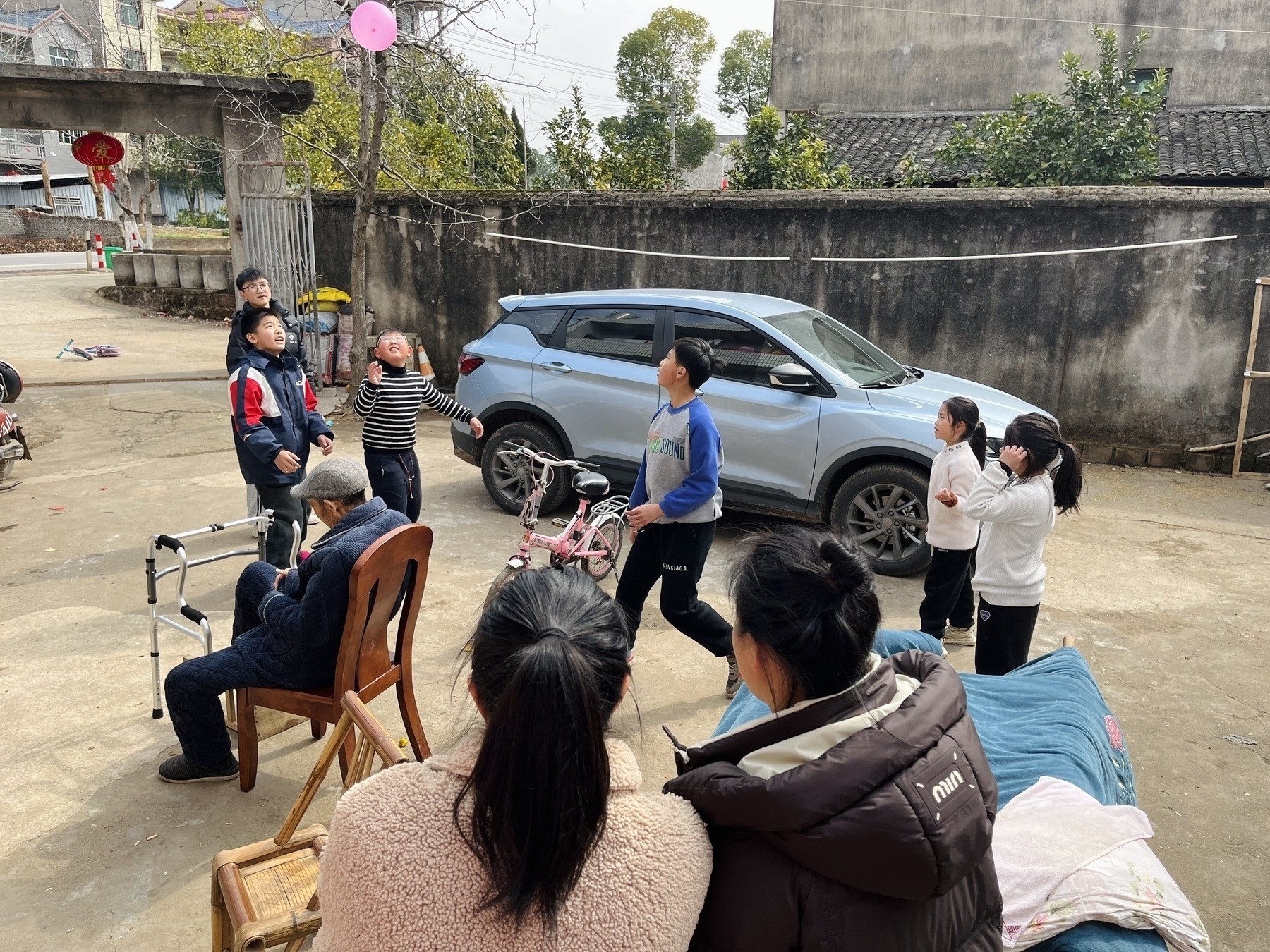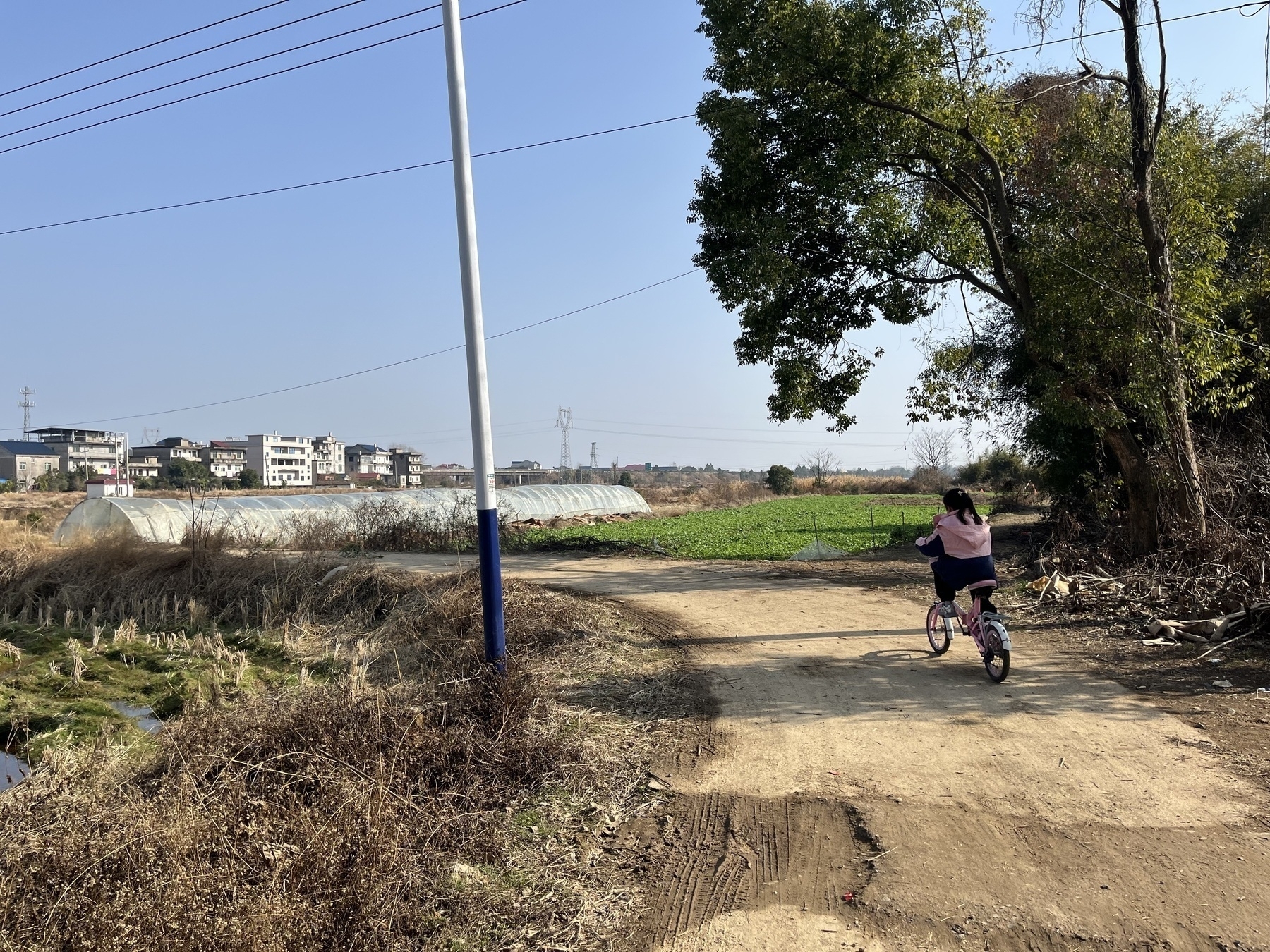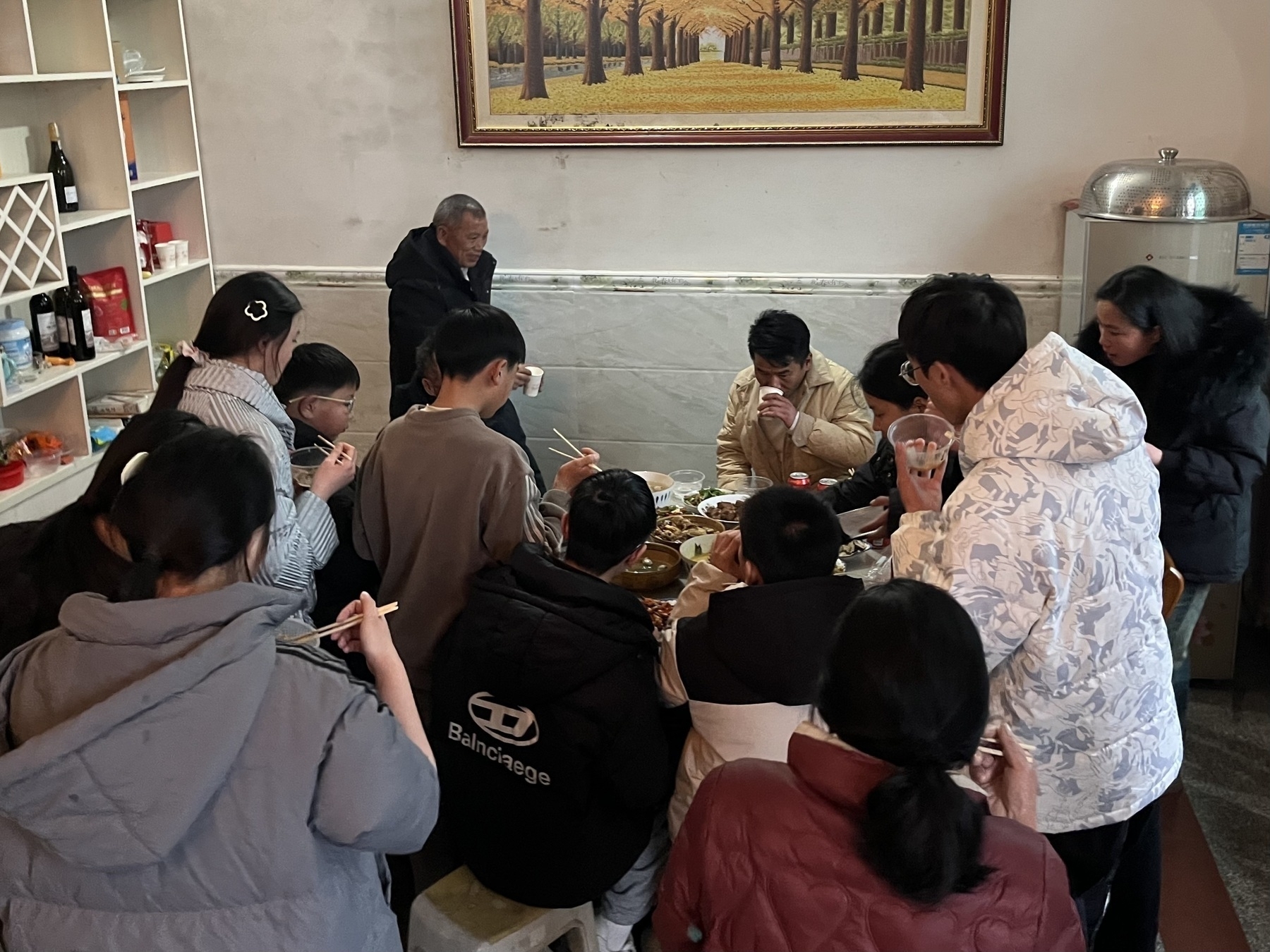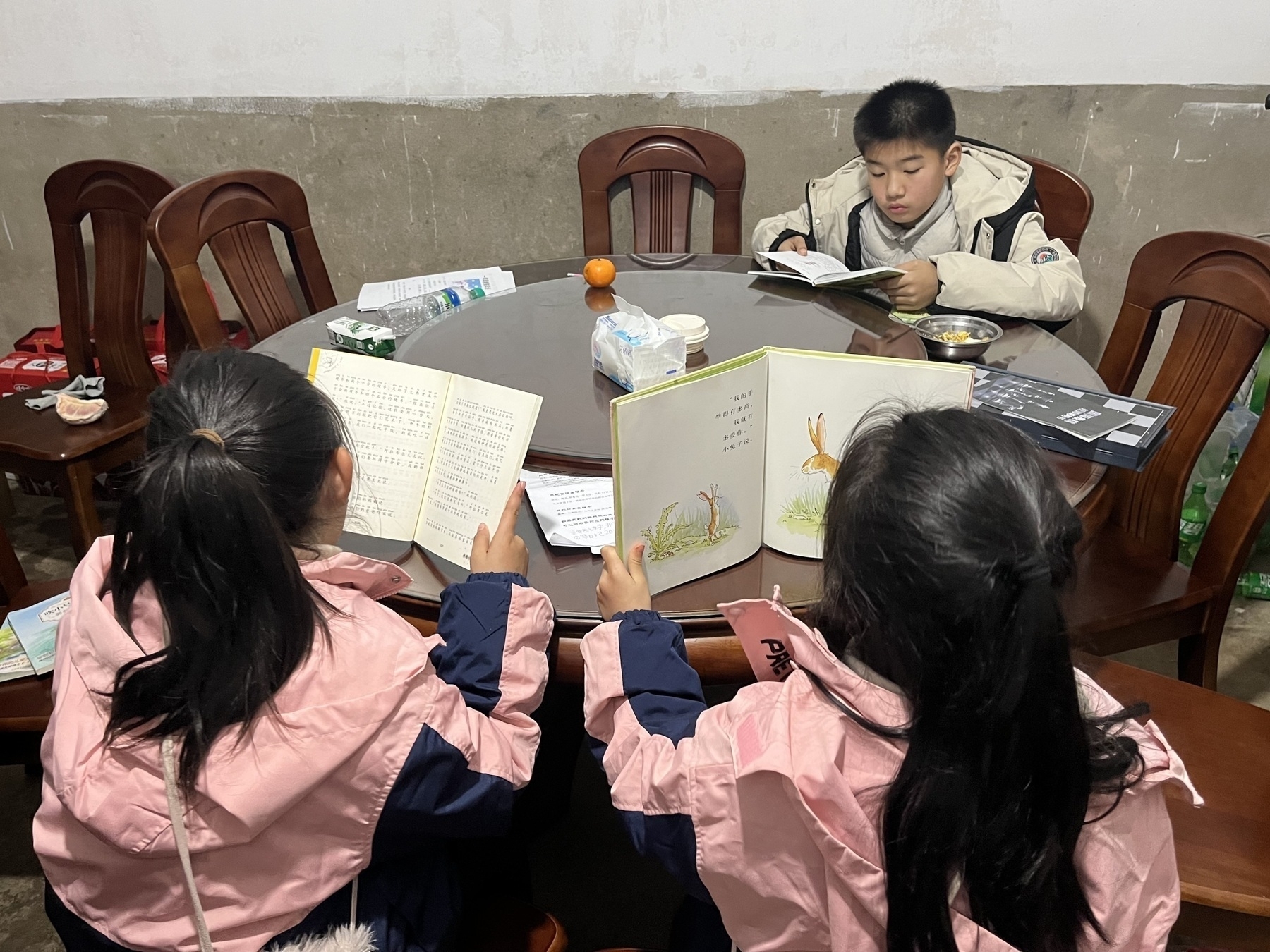Did you know?
ArcGIS Earth’s Underground Mode allows you to explore and analyze subsurface environments, helping you visualize tunnels, mines, pipelines, and geological formations with ease. Whether for mining safety, utility inspections, or subterranean navigation, this tool provides a new dimension to GIS mapping.
🛠️ How to Use Underground Mode for Visualization & Analysis:
1️⃣ Navigate Seamlessly Below the Surface 🔍
Activate Underground Mode to make the terrain transparent and reveal subsurface features like abandoned mines, underground utilities, and geological structures. Use 3D navigation tools to move through tunnels and passageways as if you were underground.
2️⃣ Conduct Interactive Subsurface Analysis 👁️
With tools like Line of Sight, simulate what a miner, engineer, or emergency responder would see within an underground system. Visualizing sightlines in mine shafts, sewer systems, or disaster response zones ensures better situational awareness and safety planning.
3️⃣ Integrate High-Precision 3D Data for Realism 📡
Load LIDAR point clouds and 3D scene layers to enhance the accuracy of underground modeling. Detailed underground visualizations assist in mine inspections, structural integrity assessments, and environmental impact evaluations.
🚀 Pro Tips:
1️⃣ Adjust Terrain Transparency to balance surface and subsurface visibility.
2️⃣ Use Elevation Exaggeration to emphasize subtle underground formations.
3️⃣ Enhance Safety Planning by integrating mine layouts and tunnel blueprints into your scene.
